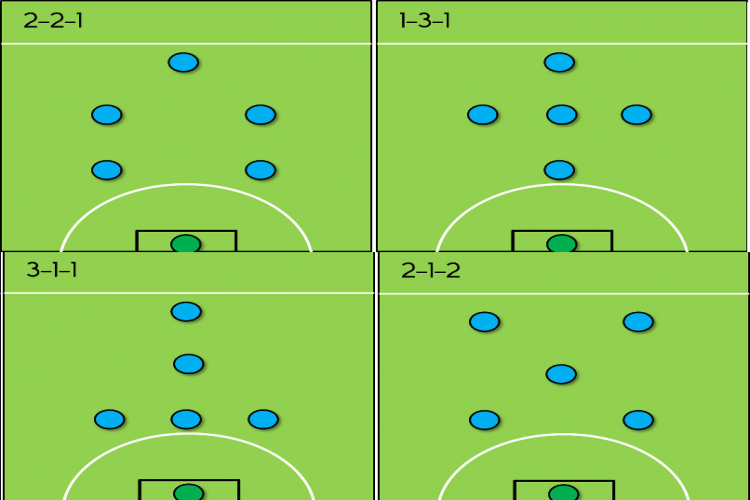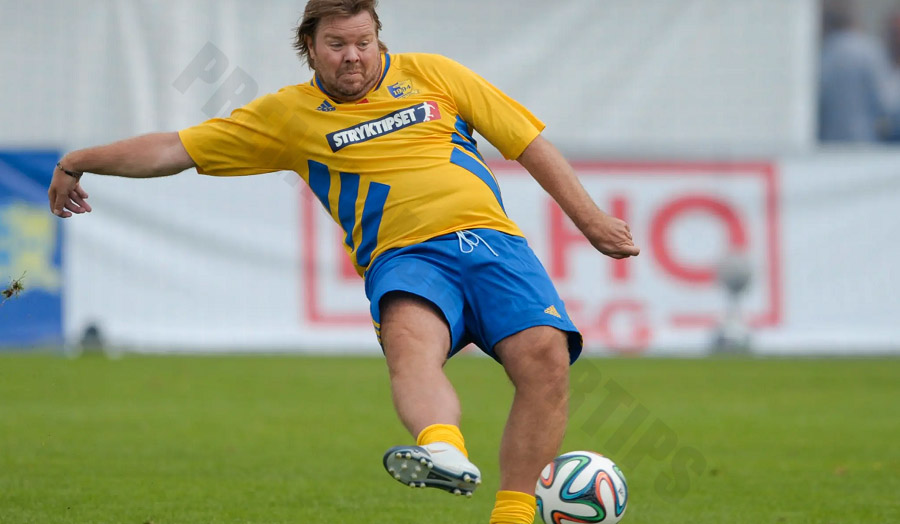“Football Tactics Popular in Italy
Related Articles Football Tactics Popular in Italy
Football Tactics Popular in Italy

Italian football, known for its tactical sophistication and defensive prowess, has a rich history of innovative strategies that have shaped the global game. From the catenaccio era to the modern possession-based approaches, Italian coaches have consistently pushed the boundaries of tactical thinking. This article delves into some of the most popular and influential football tactics in Italy, exploring their historical context, key characteristics, and impact on the sport.
1. Catenaccio: The Defensive Fortress
Perhaps the most iconic and controversial tactic associated with Italian football is catenaccio, which translates to "door-bolt" in Italian. Developed in the 1960s, catenaccio was a highly defensive system that prioritized preventing the opposition from scoring above all else.
Historical Context:
Catenaccio emerged as a response to the attacking dominance of teams like Real Madrid and Benfica in the European Cup. Italian clubs sought a way to neutralize these attacking powerhouses and achieve success on the continental stage.
Key Characteristics:
- Libero (Sweeper): The heart of catenaccio was the libero, a defender positioned behind the defensive line whose primary role was to sweep up any loose balls and provide an extra layer of protection.
- Man-Marking: Catenaccio relied heavily on strict man-marking, with each defender assigned to shadow a specific opposition player.
- Defensive Line: A disciplined and well-organized defensive line was crucial to catenaccio, aiming to minimize space for the opposition’s attackers.
- Counter-Attacking: While primarily defensive, catenaccio teams looked to exploit opportunities on the counter-attack, often with quick transitions from defense to attack.
- Fouls: Catenaccio was not adverse to tactical fouls, and defenders would often make calculated fouls to break up play.
Impact:
Catenaccio achieved considerable success for Italian clubs, with Inter Milan and AC Milan dominating European football in the 1960s. However, it also drew criticism for its negativity and perceived lack of entertainment value. Despite its decline in popularity, catenaccio left a lasting legacy on Italian football, emphasizing the importance of defensive organization and tactical discipline.

2. Zona Mista: A Hybrid Approach
In the late 1970s and 1980s, a new tactical approach emerged in Italy, known as zona mista, or "mixed zone." This system sought to combine the defensive solidity of catenaccio with a more proactive and attacking style of play.
Historical Context:
Zona mista arose as a reaction to the perceived limitations of catenaccio, which was seen as too negative and restrictive. Coaches like Giovanni Trapattoni and Enzo Bearzot sought to create a more balanced and versatile tactical system.
Key Characteristics:
- Zonal Marking: Unlike catenaccio’s strict man-marking, zona mista employed zonal marking, where defenders were responsible for covering specific areas of the pitch rather than individual players.
- Pressing: Zona mista teams actively pressed the opposition in midfield, aiming to win back possession and launch quick attacks.
- Fluidity: Players were encouraged to move and interchange positions, creating a more fluid and dynamic attacking game.
- Tactical Flexibility: Zona mista allowed for greater tactical flexibility, enabling teams to adapt their approach depending on the opponent and match situation.
Impact:
Zona mista proved highly successful for Italian clubs and the national team. Trapattoni’s Juventus dominated Italian football in the 1980s, while Bearzot led Italy to victory in the 1982 World Cup using a zona mista system. This tactic demonstrated that Italian football could be both defensively solid and offensively potent.
3. Sacchi’s Pressing Machine: The Rise of Total Football
In the late 1980s, Arrigo Sacchi revolutionized Italian football with his high-pressing, possession-based approach at AC Milan. Sacchi’s tactics were heavily influenced by Dutch "Total Football" and emphasized collective movement, pressing, and attacking fluidity.
Historical Context:
Sacchi arrived at AC Milan in 1987, inheriting a team that had not won a major trophy in several years. He quickly implemented his radical tactical ideas, transforming Milan into one of the most dominant teams in European football.
Key Characteristics:
- High Pressing: Sacchi’s Milan were renowned for their relentless high pressing, suffocating the opposition in their own half and forcing turnovers.
- Zonal Marking with Pressing Triggers: The team used a zonal marking system, but with specific triggers for pressing, such as when an opponent received the ball in a certain area or made a poor pass.
- Offside Trap: Sacchi’s Milan were masters of the offside trap, using it to disrupt opposition attacks and win back possession.
- Collective Movement: Sacchi emphasized collective movement and understanding, with players constantly moving and interchanging positions to create space and opportunities.
- Attacking Fluidity: Milan’s attacking play was characterized by its fluidity and unpredictability, with players capable of playing in multiple positions and contributing to both attack and defense.
Impact:
Sacchi’s AC Milan won back-to-back European Cups in 1989 and 1990, as well as the Serie A title in 1988. His tactical innovations had a profound impact on Italian football, inspiring a generation of coaches to embrace a more proactive and attacking style of play.
4. Ancelotti’s Adaptability: A Pragmatic Approach
Carlo Ancelotti, one of the most successful coaches in football history, is known for his pragmatic and adaptable approach to tactics. Ancelotti prioritizes creating a balanced team that can adapt to different opponents and situations.
Historical Context:
Ancelotti has managed some of the biggest clubs in Europe, including AC Milan, Chelsea, Real Madrid, and Bayern Munich. He has won league titles in Italy, England, Spain, Germany, and France, as well as four Champions League titles.
Key Characteristics:
- Adaptability: Ancelotti is renowned for his ability to adapt his tactics to suit the strengths of his players and the weaknesses of his opponents.
- Balanced Approach: Ancelotti seeks to create a balanced team that is strong both defensively and offensively.
- Player Empowerment: Ancelotti empowers his players to make decisions on the pitch, fostering a sense of responsibility and creativity.
- Pragmatism: Ancelotti is a pragmatic coach who prioritizes winning above all else, even if it means sacrificing some aesthetic appeal.
Impact:
Ancelotti’s success speaks for itself. He has consistently delivered trophies at the highest level, demonstrating the effectiveness of his adaptable and pragmatic approach to tactics.
5. Modern Trends: Possession-Based Football and Gegenpressing
In recent years, Italian football has seen a growing influence of possession-based football and gegenpressing, inspired by coaches like Pep Guardiola and Jürgen Klopp.
Key Characteristics:
- Possession-Based Football: Teams like Napoli under Maurizio Sarri and Roma under Paulo Fonseca have embraced a possession-based approach, aiming to control the game through patient passing and movement.
- Gegenpressing: Gegenpressing, which involves pressing the opposition immediately after losing possession, has also gained popularity in Italy, with teams like Atalanta under Gian Piero Gasperini employing this tactic to great effect.
- Hybrid Approaches: Many Italian coaches are now adopting hybrid approaches, combining elements of possession-based football, gegenpressing, and traditional Italian defensive principles.
Impact:
The adoption of these modern tactics has led to a more exciting and attacking style of play in Serie A, with more goals being scored and more teams challenging for the title.
Conclusion
Italian football has a rich and diverse tactical history, with a range of approaches that have influenced the global game. From the defensive fortress of catenaccio to the pressing machine of Sacchi’s Milan, Italian coaches have consistently pushed the boundaries of tactical thinking. While traditional Italian virtues like defensive organization and tactical discipline remain important, modern Italian football is increasingly embracing possession-based football and gegenpressing, leading to a more exciting and attacking style of play. As Italian football continues to evolve, it will be fascinating to see what new tactical innovations emerge in the years to come.

